You have 45 minutes to answer 50 multiple choice CSCS Health, Safety and Evironment Test questions for Operatives and Specialists. You need to answer at least 45 out of 50 questions correctly to pass. Answers may be reviewed after each question or at the end of the test. Good luck!
List of questions in above test (quick view). Click question box to reveal correct answer.
1. Your employer is legally permitted to conduct health surveillance. True or false?
Give ONE answer
AB
Correct Answer: B
Explanation: Health surveillance is legally permitted. It can play a crucial role in maintaining good safety standards.
Explanation: Health surveillance is legally permitted. It can play a crucial role in maintaining good safety standards.
2. Who may be prosecuted by a Health and Safety Executive inspector in case of health and safety violations?
Check ALL that apply
AB
C
D
Correct Answer: A, C, D
Explanation: A Health and Safety Executive inspector may prosecute an individual employee, an employer, or a company if deemed necessary.
Explanation: A Health and Safety Executive inspector may prosecute an individual employee, an employer, or a company if deemed necessary.
3. Who is responsible for reporting unsafe conditions on-site?
Give ONE answer
AB
C
D
Correct Answer: A
Explanation: Everyone is responsible for reporting unsafe conditions on site.
Explanation: Everyone is responsible for reporting unsafe conditions on site.
4. A falling brick dents the bonnet of a car. What is this event, and what is the correct course of action?
Give ONE answer
AB
C
D
Correct Answer: C
Explanation: "Accident at work" covers damage as well as injury.
Explanation: "Accident at work" covers damage as well as injury.
5. You notice an unlicensed person driving a plant vehicle. What should you do?
Give ONE answer
AB
C
D
Correct Answer: B
Explanation: You must inform management or supervisors of any condition you think might be creating a dangerous workplace.
Explanation: You must inform management or supervisors of any condition you think might be creating a dangerous workplace.
6. How will you know if you are developing a condition from exposure to respiratory hazards?
Give ONE answer
AB
C
D
Correct Answer: D
Explanation: Health conditions can develop incrementally over time without showing symptoms. Even if you feel fine, that is no guarantee that you are not becoming ill.
Explanation: Health conditions can develop incrementally over time without showing symptoms. Even if you feel fine, that is no guarantee that you are not becoming ill.
7. Which ONE of the following activities may put you at risk of developing silicosis?
Give ONE answer
AB
C
D
Correct Answer: A
Explanation: Fine silica particles are created when drilling, cutting, or sanding materials that contain silica - which includes some tiles.
Explanation: Fine silica particles are created when drilling, cutting, or sanding materials that contain silica - which includes some tiles.
8. Which ONE of the following reasons describes why dust from droppings is so dangerous?
Give ONE answer
AB
C
D
Correct Answer: A
Explanation: Droppings contain hazardous fungal and bacterial substances.
Explanation: Droppings contain hazardous fungal and bacterial substances.
9. You need to trim down a material. Which tool will create less of a respiratory hazard?
Give ONE answer
AB
C
D
Correct Answer: A
Explanation: Where possible, always choose tools that create the least amount of dust.
Explanation: Where possible, always choose tools that create the least amount of dust.
10. A survey has identified a cable running underground through your work area. What must you do next?
Give ONE answer
AB
C
D
Correct Answer: D
Explanation: Locations of live wires found in surveys should always be verified using a CAT.
Explanation: Locations of live wires found in surveys should always be verified using a CAT.
11. Where will you be able to source the correct tools for your job?
Give ONE answer
AB
C
D
Correct Answer: D
Explanation: Your employer is legally obliged to furnish you with the tools and PPE you need to safely carry out your work.
Explanation: Your employer is legally obliged to furnish you with the tools and PPE you need to safely carry out your work.
12. Who is permitted to isolate power lines?
Give ONE answer
AB
C
D
Correct Answer: A
Explanation: Only authorised and competent people are permitted to isolate power lines.
Explanation: Only authorised and competent people are permitted to isolate power lines.
13. What is the principle cause of HAVS on site?
Give ONE answer
AB
C
D
Correct Answer: D
Explanation: Handheld tools are the biggest HAVS risk in construction.
Explanation: Handheld tools are the biggest HAVS risk in construction.
14. You are working in an excavation, and are obliged to take a thirty minute break for heavy rainfall to pass. What now?
Give ONE answer
AB
C
D
Correct Answer: B
Explanation: A competent person must inspect an excavation following any event that may have affected its strength.
Explanation: A competent person must inspect an excavation following any event that may have affected its strength.
15. You are inspecting an excavation before shift, and find that it is safe to work in. You may now begin work: true or false?
Give ONE answer
AB
Correct Answer: A
Explanation: All inspections must be recorded, even if no defects are found.
Explanation: All inspections must be recorded, even if no defects are found.
16. Which of the following gases are NOT heavier than air?
Give ONE answer
AB
C
D
Correct Answer: C
Explanation: Many naturally occurring gases and fumes created through work can be heavier than air.
Explanation: Many naturally occurring gases and fumes created through work can be heavier than air.
17. Welding in a confined space may deplete oxygen levels. True or false?
Give ONE answer
AB
Correct Answer: B
Explanation: Hot works burn up oxygen, which may lead to dangerously low levels in a confined space.
Explanation: Hot works burn up oxygen, which may lead to dangerously low levels in a confined space.
18. What level of oxygen in the air is enough to create a hazard?
Give ONE answer
AB
C
D
Correct Answer: A
Explanation: A 4% increase in oxygen levels will create a significant hazard.
Explanation: A 4% increase in oxygen levels will create a significant hazard.
19. Under what ONE of the following conditions might a ladder be appropriate?
Give ONE answer
AB
C
D
Correct Answer: A
Explanation: Ladders should be used rarely, for light and short-duration tasks, as a last resort.
Explanation: Ladders should be used rarely, for light and short-duration tasks, as a last resort.
20. Which best describes a safe way of climbing a stepladder?
Give ONE answer
AB
C
D
Correct Answer: C
Explanation: Where possible, always maintain three points of contact.
Explanation: Where possible, always maintain three points of contact.
21. A mobile access tower needs to be built, but there are electricity cables overhead. How should you proceed?
Give ONE answer
AB
C
D
Correct Answer: A
Explanation: All electricity cables must be presumed live until you are told otherwise.
Explanation: All electricity cables must be presumed live until you are told otherwise.
22. When must there be a rescue plan in place?
Give ONE answer
AB
C
D
Correct Answer: D
Explanation: There must be a rescue plan in place whenever work at height is taking place.
Explanation: There must be a rescue plan in place whenever work at height is taking place.
23. What TWO reasons describe why overhead power lines are especially dangerous?
Give TWO answers
AB
C
D
E
Correct Answer: D, E
Explanation: Overhead cables are not usually insulated, and carry high voltage electricity.
Explanation: Overhead cables are not usually insulated, and carry high voltage electricity.
24. The fresh air pump in your excavation stops working. What should you do?
Give ONE answer
AB
C
D
Correct Answer: D
Explanation: You should wait until the pump is repaired and the safe system of work can continue. PPE should only be used as a last resort.
Explanation: You should wait until the pump is repaired and the safe system of work can continue. PPE should only be used as a last resort.
25. Which of the following is NEVER an example of work-specific body protection?
Give ONE answer
AB
C
D
Correct Answer: D
Explanation: These are all examples of items you can wear to protect your body. Lightweight clothing will protect you from overheating in hot weather.
Explanation: These are all examples of items you can wear to protect your body. Lightweight clothing will protect you from overheating in hot weather.
26. Which of the following images shows ear plugs CORRECTLY fitted?
Give ONE answer
AB
C
Correct Answer: C
Explanation: These ear plugs are fitted correctly - deep into the ear canal.
Explanation: These ear plugs are fitted correctly - deep into the ear canal.
27. When issuing you with respiratory protective equipment (RPE), what should your employer do?
Give ONE answer
AB
C
D
Correct Answer: A
Explanation: You should receive a face-fit test to ensure that the RPE is properly fitted.
Explanation: You should receive a face-fit test to ensure that the RPE is properly fitted.
28. How will you know where to go in the event of a fire?
Give ONE answer
AB
C
D
Correct Answer: D
Explanation: Fire evacuation procedure should be covered during site induction.
Explanation: Fire evacuation procedure should be covered during site induction.
29. What kind of fires should you NOT attempt to fight with an extinguisher?
Give ONE answer
AB
C
D
Correct Answer: B
Explanation: Extinguishers are to be used on small fires only - as a rule of thumb, fires no bigger than a wastepaper bin.
Explanation: Extinguishers are to be used on small fires only - as a rule of thumb, fires no bigger than a wastepaper bin.
30. Asbestos was commonly used in building materials around which period?
Give ONE answer
AB
C
D
Correct Answer: C
Explanation: Between 1940 and 1980, over 5,000 products are estimated to have been produced containing asbestos.
Explanation: Between 1940 and 1980, over 5,000 products are estimated to have been produced containing asbestos.
31. Which of the following is an occupation where dermatitis is a high risk?
Give ONE answer
AB
C
D
Correct Answer: A
Explanation: All these professions pose the highest risk of developing occupational dermatitis.
Explanation: All these professions pose the highest risk of developing occupational dermatitis.
32. What TWO substances most frequently cause irritant contact dermatitis?
AB
C
D
E
Correct Answer: A, C
Explanation: Dust and chemicals are the most frequent causes of irritant contact dermatitis.
Explanation: Dust and chemicals are the most frequent causes of irritant contact dermatitis.
33. Which of the following groups is at greatest risk of developing skin cancer?
Give ONE answer
AB
C
D
Correct Answer: A
Explanation: Working outdoors increases your exposure to the sun. Without proper precautions, this can lead to skin cancer.
Explanation: Working outdoors increases your exposure to the sun. Without proper precautions, this can lead to skin cancer.
34. Whilst clearing your work area, you find a syringe half buried in the grass. What should you do?
Give ONE answer
AB
C
D
Correct Answer: B
Explanation: If you find a syringe, do not touch it and inform your supervisor
Explanation: If you find a syringe, do not touch it and inform your supervisor
35. You have reason to suspect the water you are working with is contaminated with legionella. What should your employer do?
Give ONE answer
AB
C
D
Correct Answer: A
Explanation: Your employer should ensure a safe system of work is in place where legionella may be present.
Explanation: Your employer should ensure a safe system of work is in place where legionella may be present.
36. You are found to be working under the influence. Under what conditions may you lose your job?
Give ONE answer
AB
C
D
Correct Answer: D
Explanation: The legal status or medicinal purpose of a substance is not always relevant; you may still lose your job.
Explanation: The legal status or medicinal purpose of a substance is not always relevant; you may still lose your job.
37. The shared towel in the bathroom is becoming dirty. What should you do?
Give ONE answer
AB
C
D
Correct Answer: A
Explanation: Handwashing facilities must be hygienic - shared towels are not. Your manager must ensure this is fixed.
Explanation: Handwashing facilities must be hygienic - shared towels are not. Your manager must ensure this is fixed.
38. The tap breaks whilst you are using it. What should you do?
Give ONE answer
AB
C
D
Correct Answer: C
Explanation: Always inform the site manager of any damage to facilities.
Explanation: Always inform the site manager of any damage to facilities.
39. When it comes to welfare facilities, what should you be aware of if you are a transient (mobile) worker?
Give ONE answer
AB
C
D
Correct Answer: A
Explanation: Transient workers must have access to welfare facilities of the same level.
Explanation: Transient workers must have access to welfare facilities of the same level.
40. Which THREE are the primary purposes of administering first aid?
Give THREE answers
AB
C
D
Correct Answer: B, C, D
Explanation: First aid is administered in order to preserve life, stop the condition worsening, and promote recovery.
Explanation: First aid is administered in order to preserve life, stop the condition worsening, and promote recovery.
41. Which of the following is a generic health hazard sign?
Give ONE answer
AB
C
D
Correct Answer: A
Explanation: Health hazard signs take the shape of diamonds with a red border.
Explanation: Health hazard signs take the shape of diamonds with a red border.
42. What kind of area does this sign indicate?
Give ONE answer
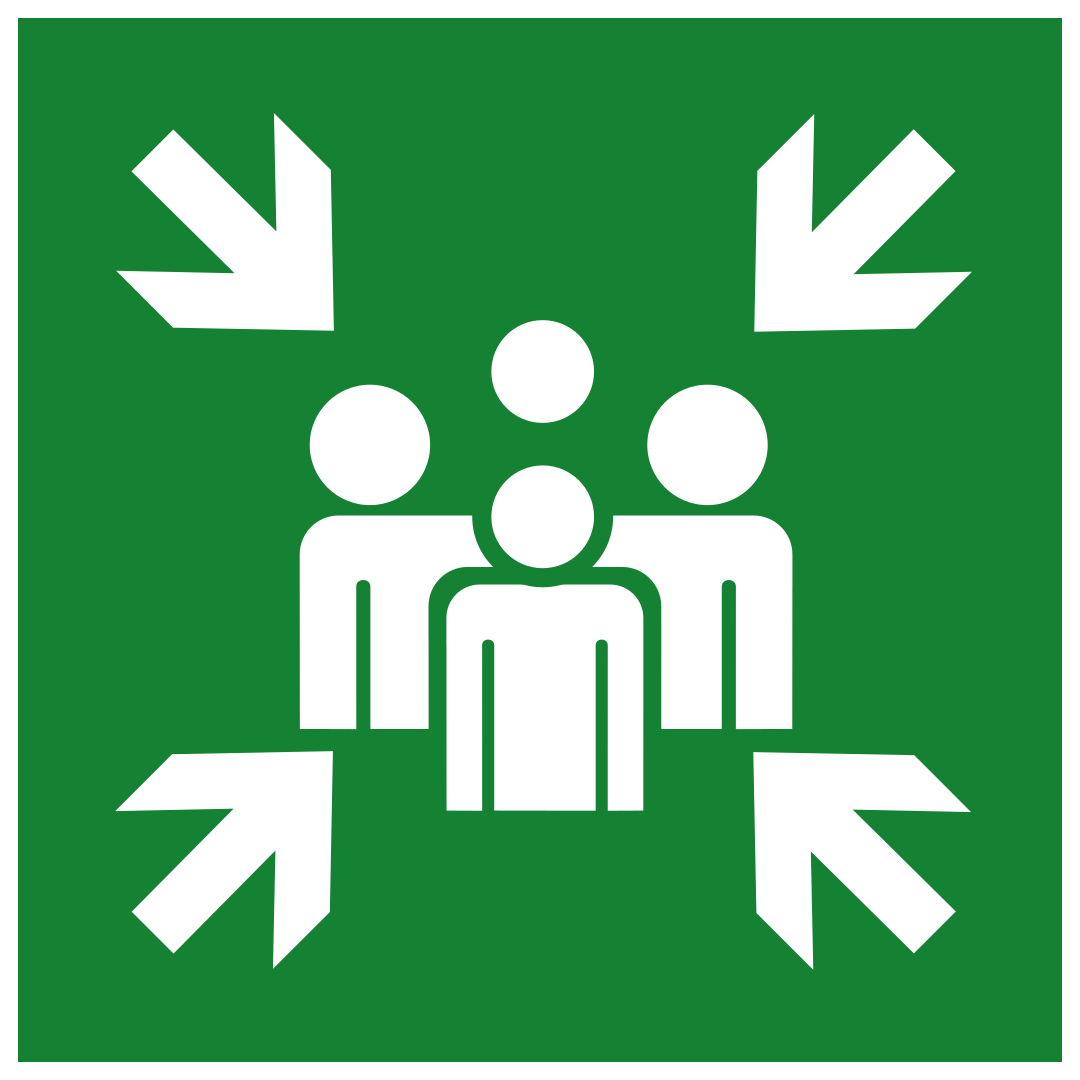
B
C
D
Correct Answer: A
Explanation: This sign is used to identify designated assembly points.
Explanation: This sign is used to identify designated assembly points.
43. What should you be aware of when you see this sign?
Give ONE answer
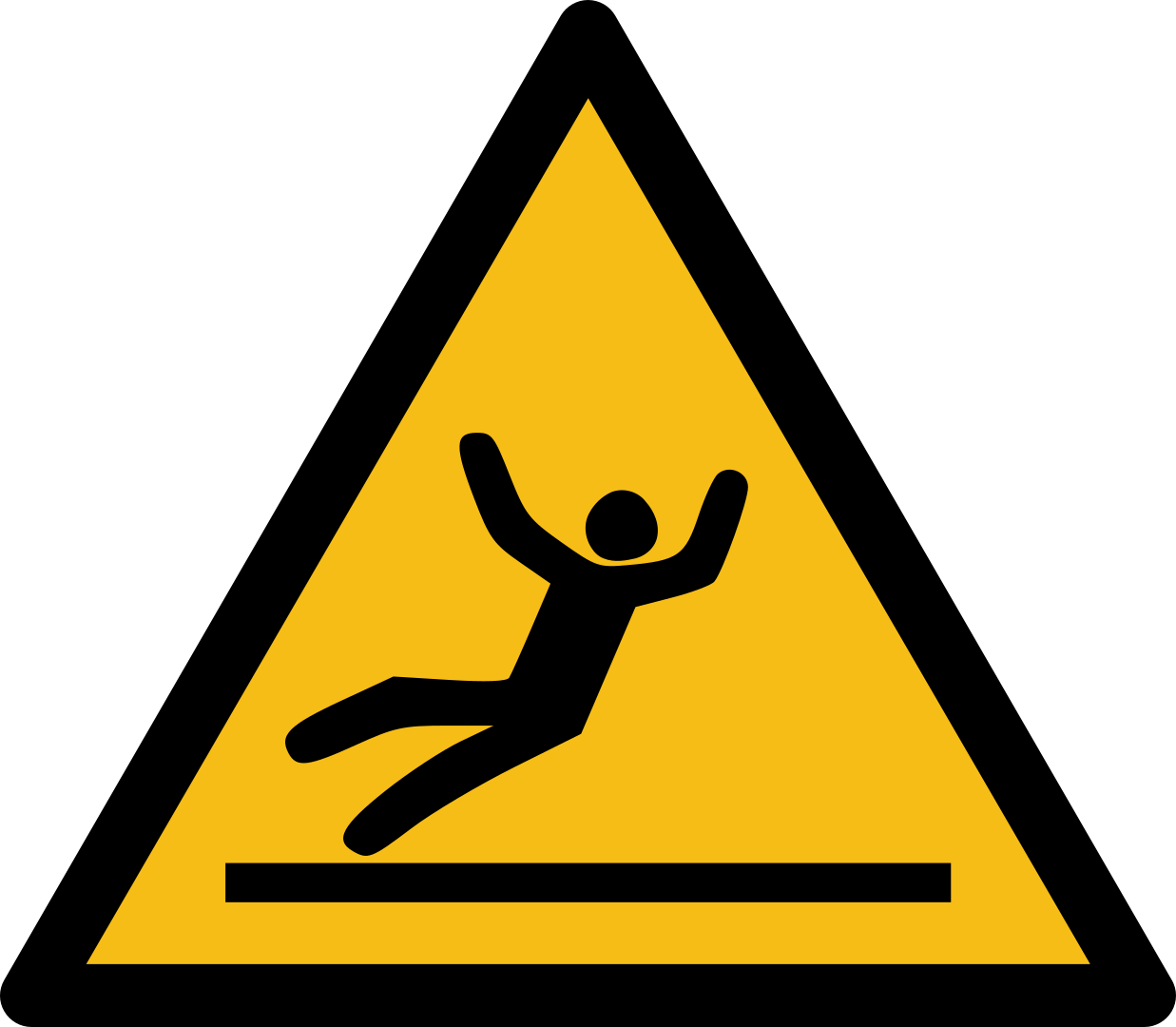
B
C
D
Correct Answer: B
Explanation: This sign indicates the floor may be slippery.
Explanation: This sign indicates the floor may be slippery.
44. What does this sign mean?
Give ONE answer
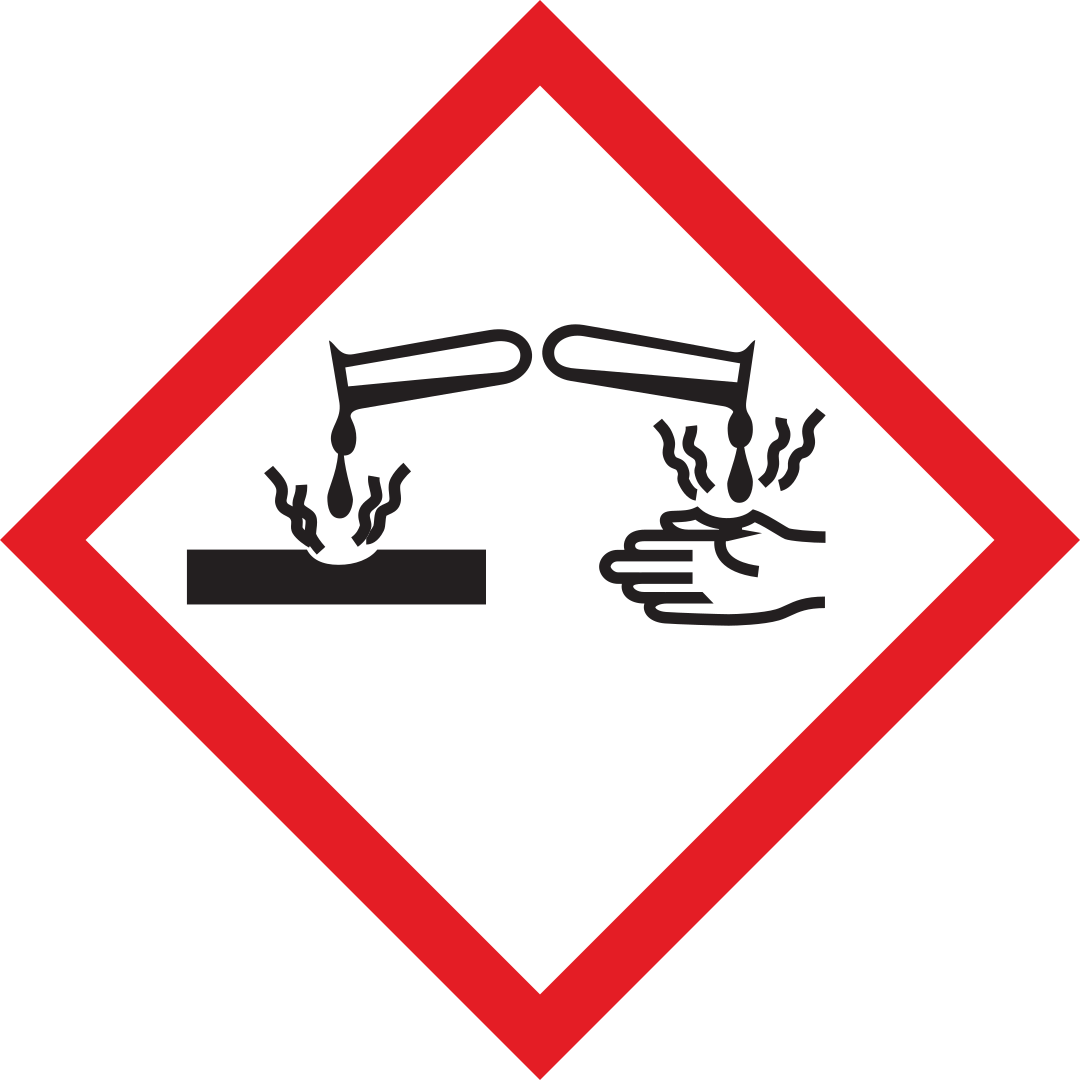
B
C
D
Correct Answer: A
Explanation: This sign indicates a corrosive substance.
Explanation: This sign indicates a corrosive substance.
45. Which TWO of the following signs should you look for in an emergency?
Give TWO answers
AB
C
D
Correct Answer: A, B
Explanation: You should look for signs that direct you to evacuation routes and assembly points.
Explanation: You should look for signs that direct you to evacuation routes and assembly points.
46. What is ONE safe way of protecting yourself from injury by a mobile plant?
Give ONE answer
AB
C
D
Correct Answer: C
Explanation: Sticking to pedestrian routes is a safe way of avoiding injury.
Explanation: Sticking to pedestrian routes is a safe way of avoiding injury.
47. Which THREE of the following are major risks associated with poorly planned lifting operations?
Give THREE answers
AB
C
D
E
F
Correct Answer: B, D, E
Explanation: Damage, injury, and overturning equipment are major risks run by poorly planned operations.
Explanation: Damage, injury, and overturning equipment are major risks run by poorly planned operations.
48. Who must be briefed about a lift plan?
Give ONE answer
AB
C
D
Correct Answer: A
Explanation: If you are involved in the operation, you must be briefed on the lift plan.
Explanation: If you are involved in the operation, you must be briefed on the lift plan.
49. What is the hand signal for STOP?
Give ONE answer
AB
C
D
Correct Answer: B
Explanation: Signal STOP with one open-palm hand raised directly up.
Explanation: Signal STOP with one open-palm hand raised directly up.
50. You are driving a vehicle around the site. What should you be looking out for?
Give ONE answer
AB
C
D
Correct Answer: D
Explanation: You should be aware of speed bumps.
Explanation: You should be aware of speed bumps.

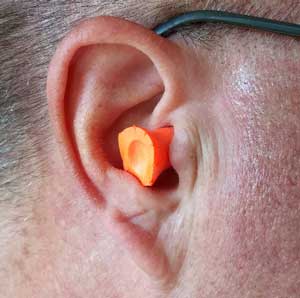
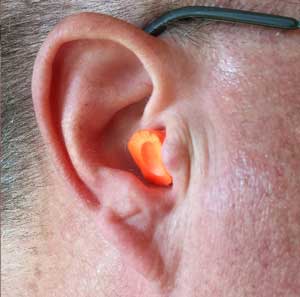
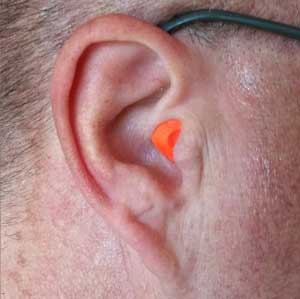
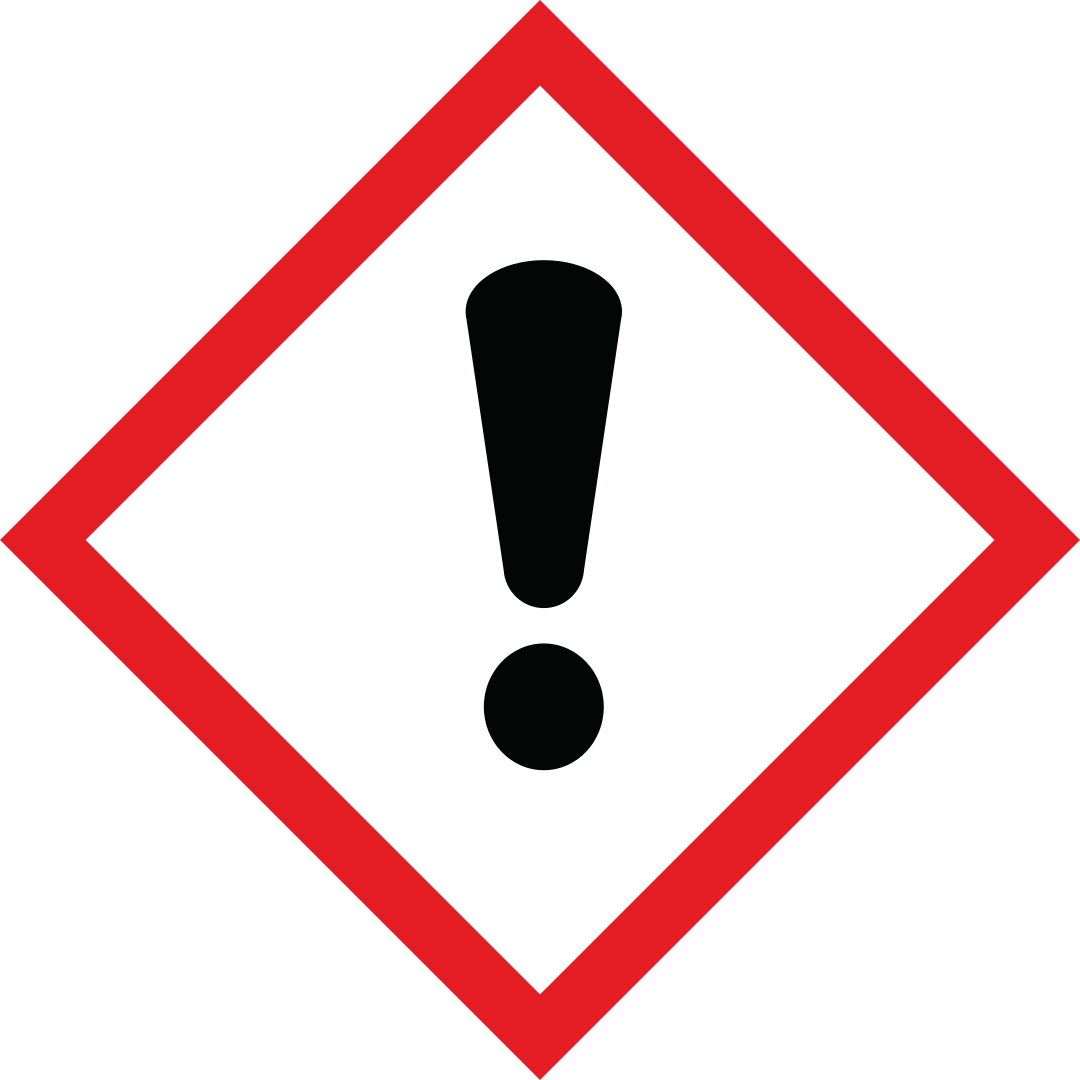
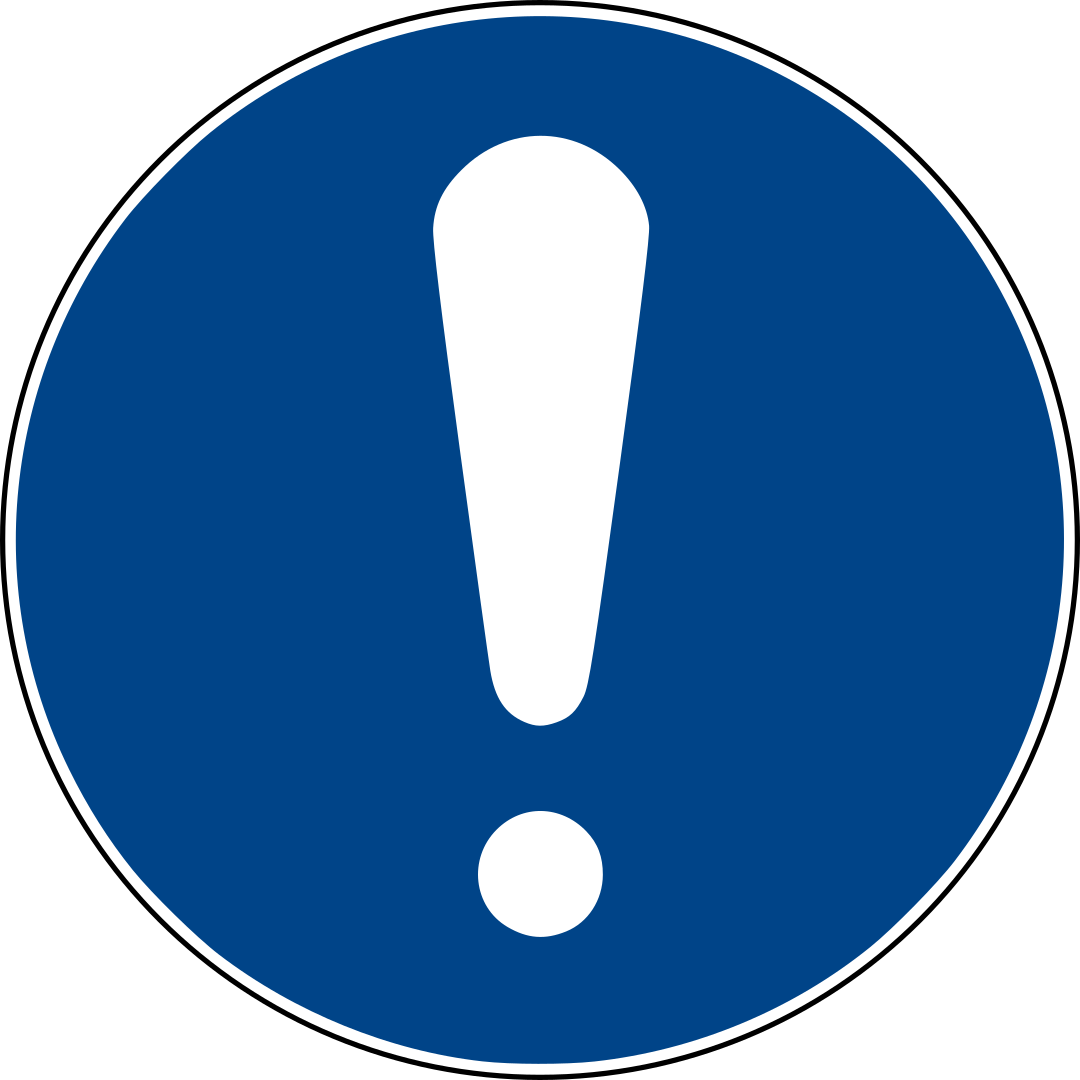
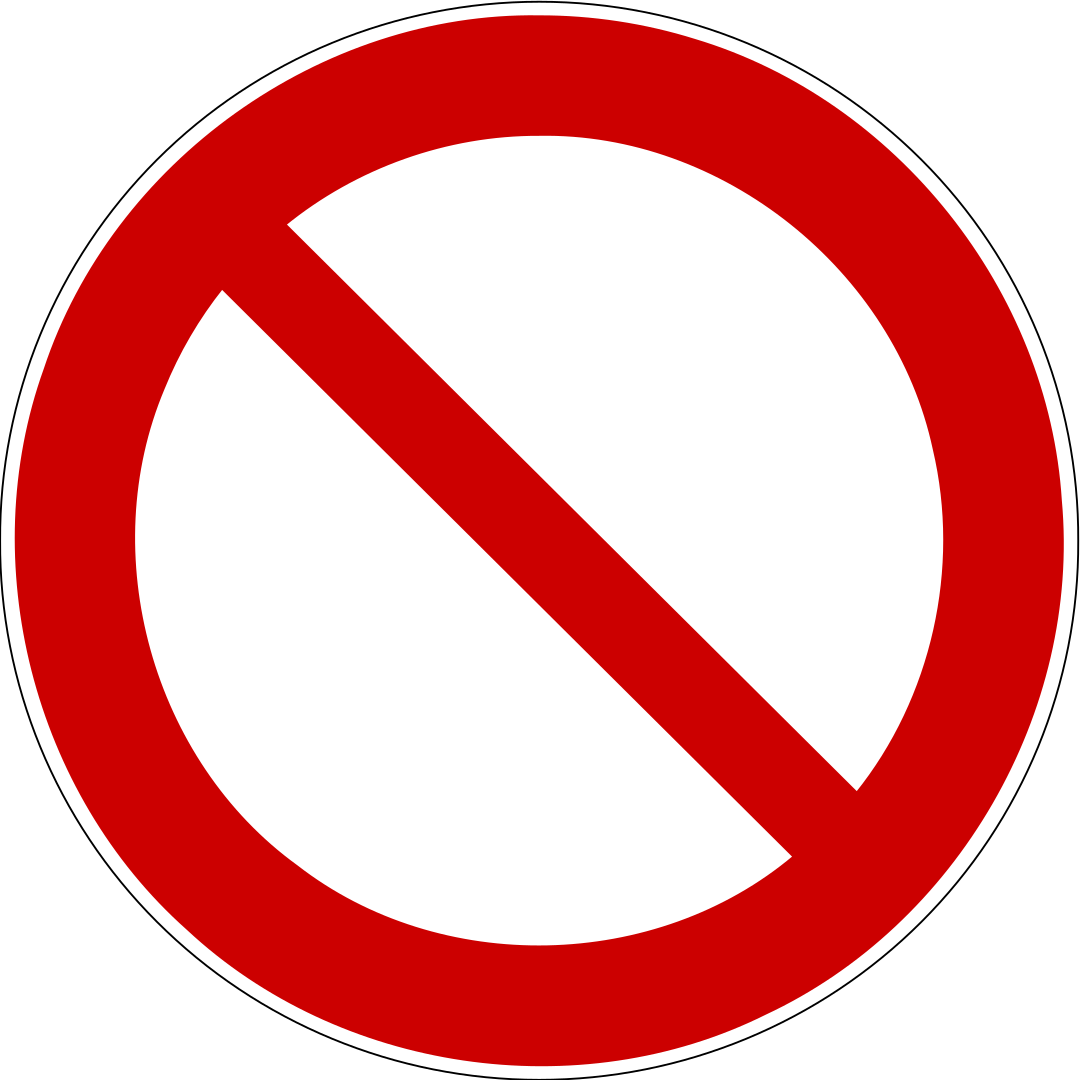

.png)
